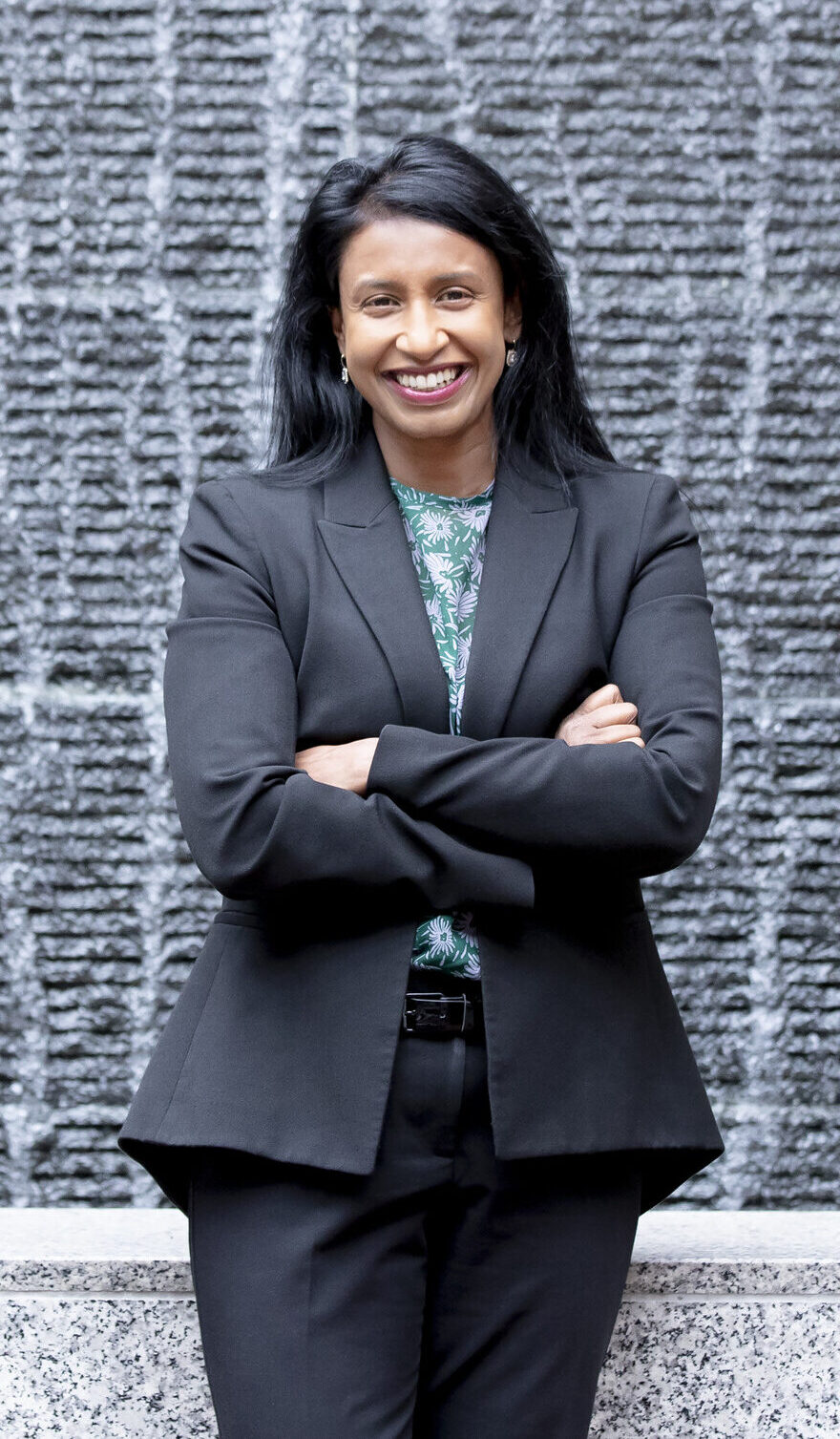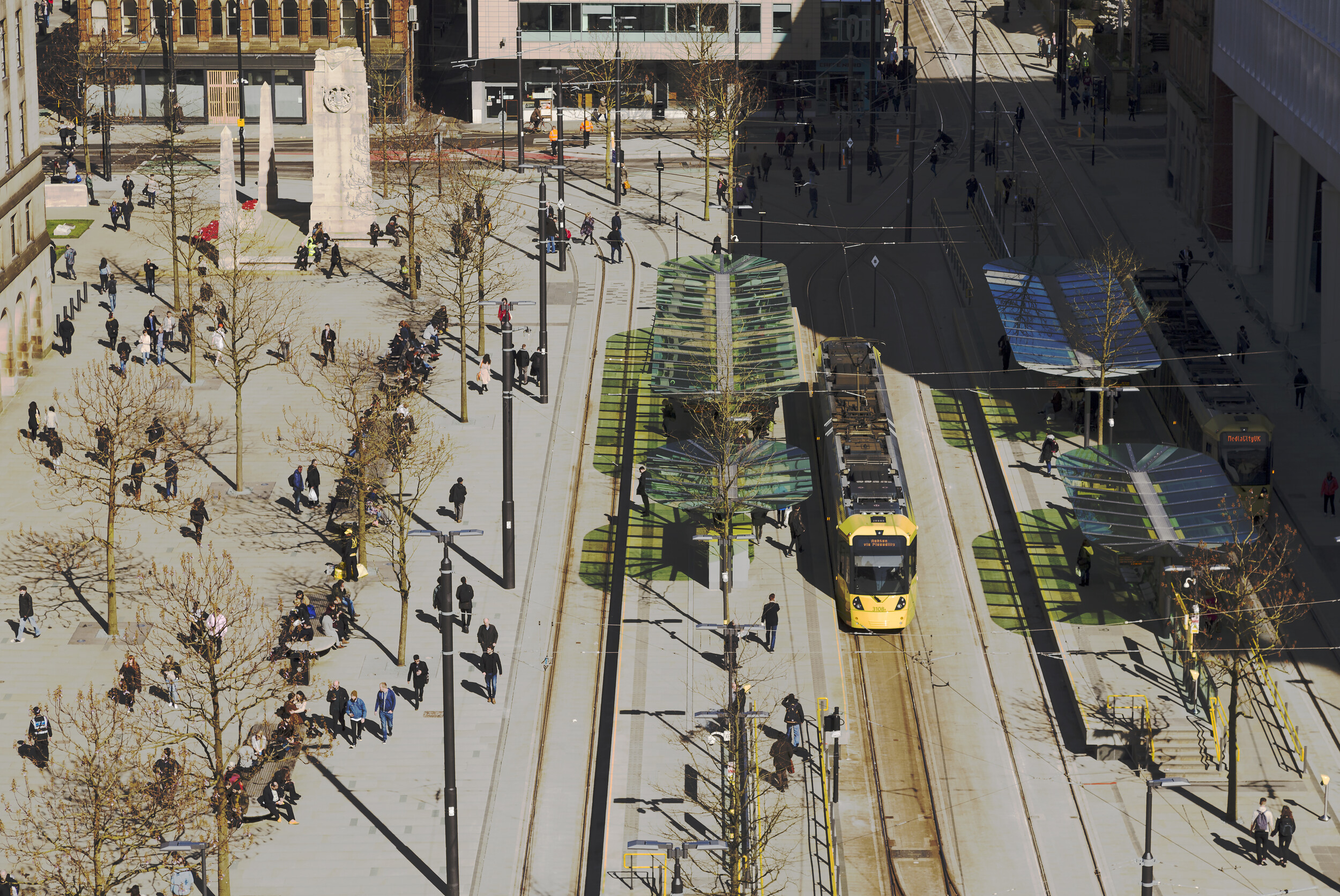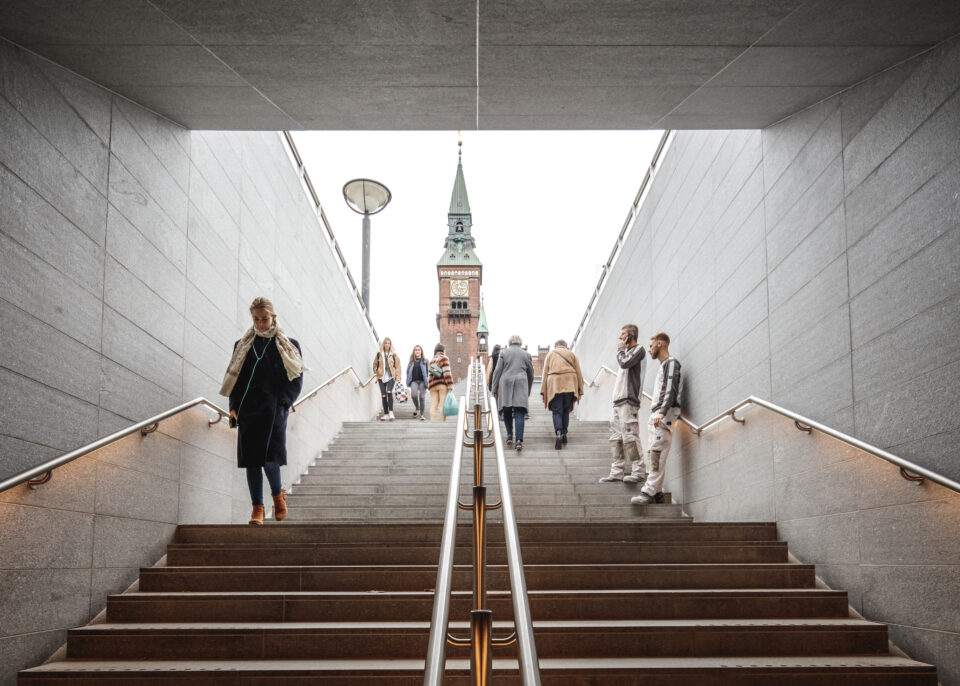Caption: The Cityringen Metro in Copenhagen now serves 300,000 people daily.
Copenhagen, Manchester, and Birmingham illustrate how, with political consensus and innovative thinking, limited public funds are not barriers to transformative urban development. By Mayurie Gunatilaka, New Zealand Country Lead for Arup, explains.

In September, I found myself in Copenhagen, visiting the new City Circle Line or ‘Cityringen’ with colleagues from Arup. While there, I toured the wider city, experiencing first-hand the sheer efficiency of its automated metro transport system.
The network is woven into the social and physical fabric of Copenhagen, and now serves 300,000 people daily, a testament to its success as both a public transport system and an urban regenerator.
Rewind to 25 years ago, and Copenhagen’s story was markedly different. Challenged by financial constraints and a shrinking tax base as skilled workers moved away, it was a city in need of revival.
The innovative solution
The Orestad Development Corporation, created by local and central government leaders, had the vision, but limited money, to attract talent back into a modernised city. The Corporation, independent and empowered to borrow, was a bold move away from the traditional Danish State Rail operations.
Jointly owned by the city and central government, the Corporation was tasked with rejuvenating Orestad, an area located between the city of Copenhagen and the Copenhagen airport and the bridge connecting Denmark to Sweden. This meant it was able to borrow against the improved land to build a metro train network.
While the State of Denmark provided the land, the City Government set the zoning, altering the permitted uses from protected heathland to commercial, educational, retail, and, ultimately, residential.
Orestad’s strategy was to build the metro first, then develop the surrounding land. This order of operations lifted investor confidence and boosted land values, enabling land sales to fund public amenities.
The initial 20.4 milometres of the metro, called the M1 and M2 lines, opened in 2002. By 2022, the network expanded to four lines and 39 stations, with a focus on developing the land around these stations.
Copenhagen illustrates the power of integrating thinking across transport and land use planning to deliver urban renewal and economic growth, transforming perceptions of the city.
This is a story about identity and purpose – recognising there is a problem and having a clear vision for how to address it.
The experience of Copenhagen is not an isolated case. Manchester and Birmingham in the UK, each with their own unique challenges and strong local identities, have also sought a new future for their cities by embracing the concept of city deals.

Caption: St Peters Square, Manchester – a project completed under the Manchester City deal.
In Manchester, the aftermath of IRA bombings and the need for an expanded transport network catalysed the Manchester City Deal.
This agreement, a collaboration between the UK Government and the Greater Manchester Combined Authority (the Manchester City Council plus nine other local authorities) brought more localised control and financial autonomy to the city, focusing on rebuilding and transforming through investments in housing, transport, and integrated social services.
Similarly, Birmingham embarked on its city deal, targeting investment in public housing, sustainable buildings, and high-tech skills training.
These deals are more than financial arrangements; they represent a holistic approach to urban development, blending budgets across sectors to create transparent, appealing opportunities for private investment.
Just as important, by allowing an infrastructure pipeline to be identified, they encourage a skilled workforce to be retained.
As I reflect on these examples in cities of 1-2 million people, I can’t help but see their relevance for Auckland and other large metro areas in Aotearoa.
The concept of ‘city deals’ is not just a blueprint for funding; it’s a model for transformation, especially in cities where traditional funding sources are increasingly insufficient to meet pressing local needs like transport and housing in Auckland, and water infrastructure in Wellington.
How do cities in New Zealand begin on this journey? Based on learnings from the global experience, there are three fundamental things we need to address with our cities. First, we need alignment on the objectives and the interventions required to achieve them.
The industry has a vital role in assisting cities to work with Central Government to identify shared objectives and the resulting infrastructure, programmes and policies. Second is establishing the benchmarks for measuring success. Cities need to be ready to articulate how to measure progress against shared objectives to unlock funding streams.
Third, assigning clear responsibility for funding and delivery means forming a view on the funding tools, parameters and governance required for partnership.
Copenhagen, Manchester, and Birmingham show us that with political consensus and innovative thinking, limited public funds are not barriers to transformative urban development.



